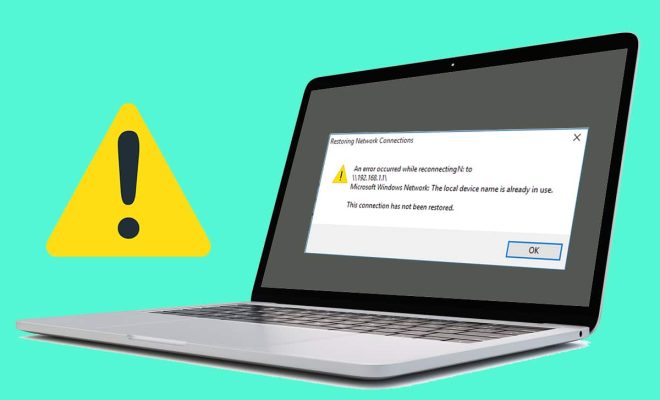How to calculate 8.7 increase

Calculating percentage increases is a valuable skill in various aspects of life, such as finance, business, and even day-to-day decision-making. This article will teach you how to calculate an 8.7% increase easily and systematically.
To calculate the increase, follow these simple steps:
1. Identify the initial value: The first thing you need to know is the original or initial value before the increase. This value is usually represented by the letter “P” (for principal or base amount). For example, if the initial value of an item is $100, then P = 100.
2. Write down the percentage increase: In this case, the percentage increase we want to calculate is 8.7%. It’s essential to remember when dealing with percentages that you need to express the percentage as a decimal, not as a whole number. To do this, divide 8.7 by 100: 8.7 ÷ 100 = 0.087.
3. Calculate the increased amount: Multiply the initial value (P) by the decimal percentage (0.087): P × 0.087 = increased amount.
For example, if P = 100:
100 × 0.087 = 8.7
So, the increased amount is $8.7.
4. Find the final value after the increase: Now that we have calculated how much the increase will be (from step 3), we need to add that amount back to our initial value:
Final value = initial value (P) + increased amount
Using our previous example:
Final value = $100 + $8.7 = $108.7
Therefore, after an 8.7% increase, our final value will be $108.7.
To sum it up, calculating an 8.7% increase is a straightforward process that requires identifying the initial value, converting the percentage to a decimal, multiplying the initial amount by the decimal percentage, and adding the result to the original value. It’s a useful tool in various fields, so mastering this calculation method will be beneficial in both professional and personal situations.






